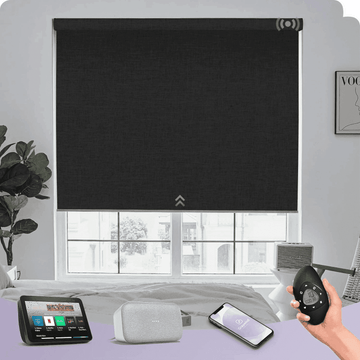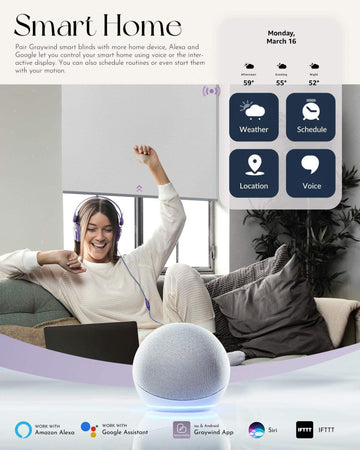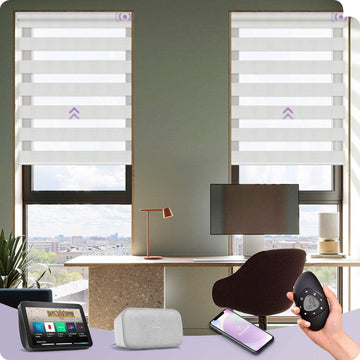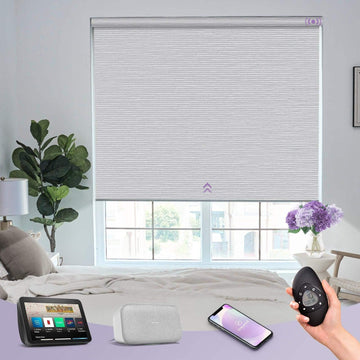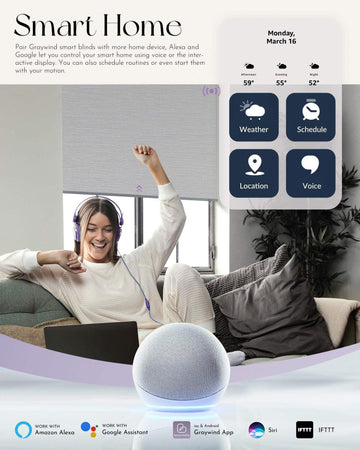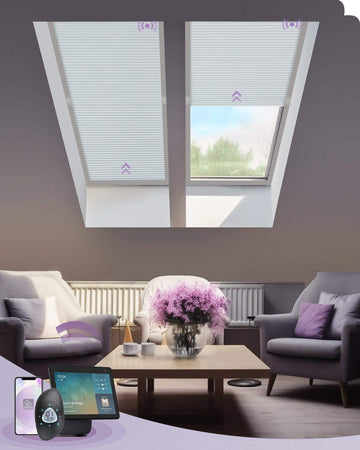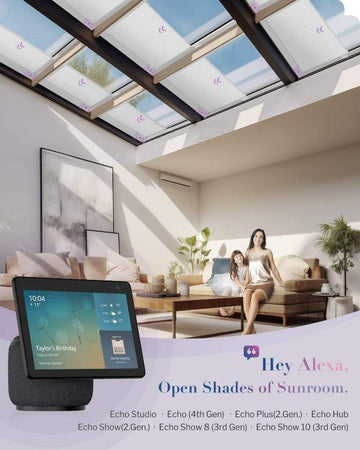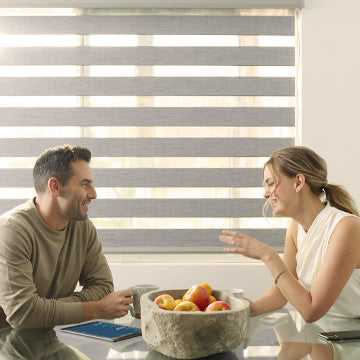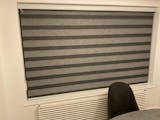Shades vs. Blinds: Which is Right for You?
When it comes to window coverings, the choice between shades and blinds is one of the most common dilemmas homeowners face. Both options offer unique benefits, and understanding the difference between blinds and shades is key to making the right decision for your space. In this comprehensive guide, we break down everything you need to know about blinds versus blinds, from functionality to aesthetics, to help you determine which solution best fits your needs.


What's The Difference Between Shades And Blinds?
Blinds are window coverings made up of horizontal or vertical slats (known as vanes or louvres) that can be adjusted to control light and privacy. Common materials include:
- Wood (real or faux)
- Aluminium
- Vinyl/PVC
- Composite materials
Common types:
- Wooden blinds (horizontal slats – wood, faux wood, or aluminum)
- Electric Allusion Blinds (long vertical slats, often for sliding doors)
- Panel track blinds (large fabric panels for wide windows)
The key feature of blinds is their adjustability – you can tilt the slats to control the amount of light entering a room precisely while maintaining some visibility.
What Are Shades?
Shades are made from a single continuous piece of fabric that rolls or folds up when opened. Unlike blinds, they do not have individual slats. Popular types of shades include:
- Roller shades
- Roman shades
- Cellular (honeycomb) shades
- Solar shades
- Woven wood shades
Common types:
- Roller blinds (simple, rolls up neatly)
- Roman blinds (elegant fabric folds when raised)
- Pleated (honeycomb) blinds (insulating air pockets)
- Solar blinds (UV protection while maintaining view)
Shades offer a softer, more streamlined look and are operated by raising or lowering the entire panel.


Detailed Feature Comparison:Shades And Blinds
Light Control
Blinds:
- Precise light control through adjustable slats
- Can filter light while maintaining some outward view
- Maximum flexibility for directing sunlight
Shades:
- Light control depends on fabric density
- Blackout shades block 99%+ of light
- Sheer shades diffuse light evenly
- Less precise control compared to blinds
Privacy
Blinds:
- Adjustable slats allow privacy while still permitting airflow
- Can maintain privacy while allowing some natural light
- Allusion Blinds are excellent for sliding doors
Shades:
- Complete privacy when fully lowered
- Pleated Conservatory Blinds offer privacy while allowing light in from above
- No gaps between slats mean no “peek-through” issues
Energy Efficiency
Blinds:
- Metal blinds can reflect heat
- Wood blinds provide some insulation
- Air can circulate between slats
Shades:
- Pleated (honeycomb) blinds trap air for superior insulation
- Blackout blinds help regulate temperature
- Solar blinds reduce heat gain while maintaining views
Maintenance and Cleaning
Blinds:
- Individual slats collect dust
- Require regular dusting or wiping
- Harder to clean between slats
- More resistant to stains
Shades:
- Smooth surfaces are easier to dust
- Many are machine washable or wipeable
- Fabric may show stains more easily
- Fewer crevices for dust accumulation
Aesthetic Appeal
Blinds:
- More structured, contemporary look
- Visible hardware creates defined lines
- Better suited for modern, minimalist spaces
- Available in various finishes (wood grain, metallic, etc.)
Shades:
- Softer, more elegant appearance
- Seamless fabric creates clean lines
- Wide range of textures and patterns
- Better for traditional or cosy spaces
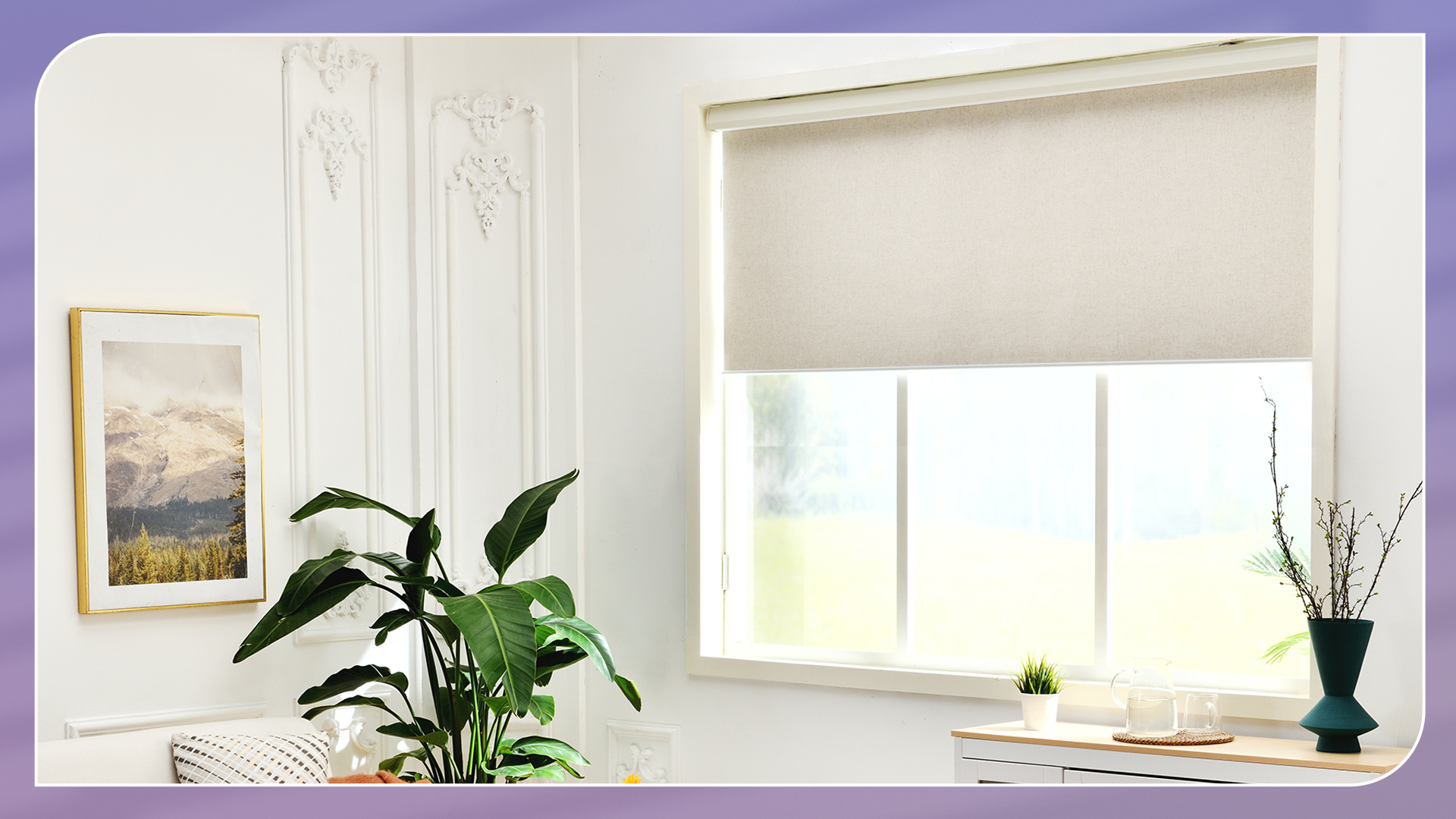

Room-by-Room Recommendations
Best Window Treatments for Bedrooms
Top Pick: Pleated (honeycomb) blinds
- Superior blackout options for uninterrupted sleep
- Excellent insulation for temperature control
- Cordless designs for safety
- Noise-reducing fabric qualities
Ideal Living Room Solutions
Consider:
- Double blinds for versatility
- Wooden blinds for a classic, adjustable solution
- Electric options for high or hard-to-reach windows
Kitchen Window Must-Haves
Best Choice: Wooden blinds
- Resistant to moisture and grease
- Easy to wipe clean from cooking splatters
- Adjustable for ventilation while cooking
- Won't warp like real wood
Bathroom Window Solutions
Recommended:
- Vinyl or composite blinds (humidity-resistant)
- Waterproof roller shades
- Avoid natural materials that may warp
Home Office Considerations
Optimal Solutions:
- Light-filtering shades to reduce glare
- Adjustable blinds for precise light control
- Electric options for convenience during work hours
How to choose Shades or Blinds?
Ultimately, the choice between shades and blinds depends on your specific needs:
Choose blinds if you:
- Want maximum light control flexibility
- Prefer a more structured, modern look
- Need easy-to-clean surfaces
- Want the most budget-friendly options
Choose shades if you:
- Prioritise insulation and energy efficiency
- Prefer a softer, more uniform appearance
- Need complete blackout capabilities
- Want advanced fabric technology
Consider Graywind smart solutions if you:
- Want the latest in home automation
- Value energy efficiency and sustainability
- Need custom sizing for unique windows
- Appreciate premium materials and craftsmanship
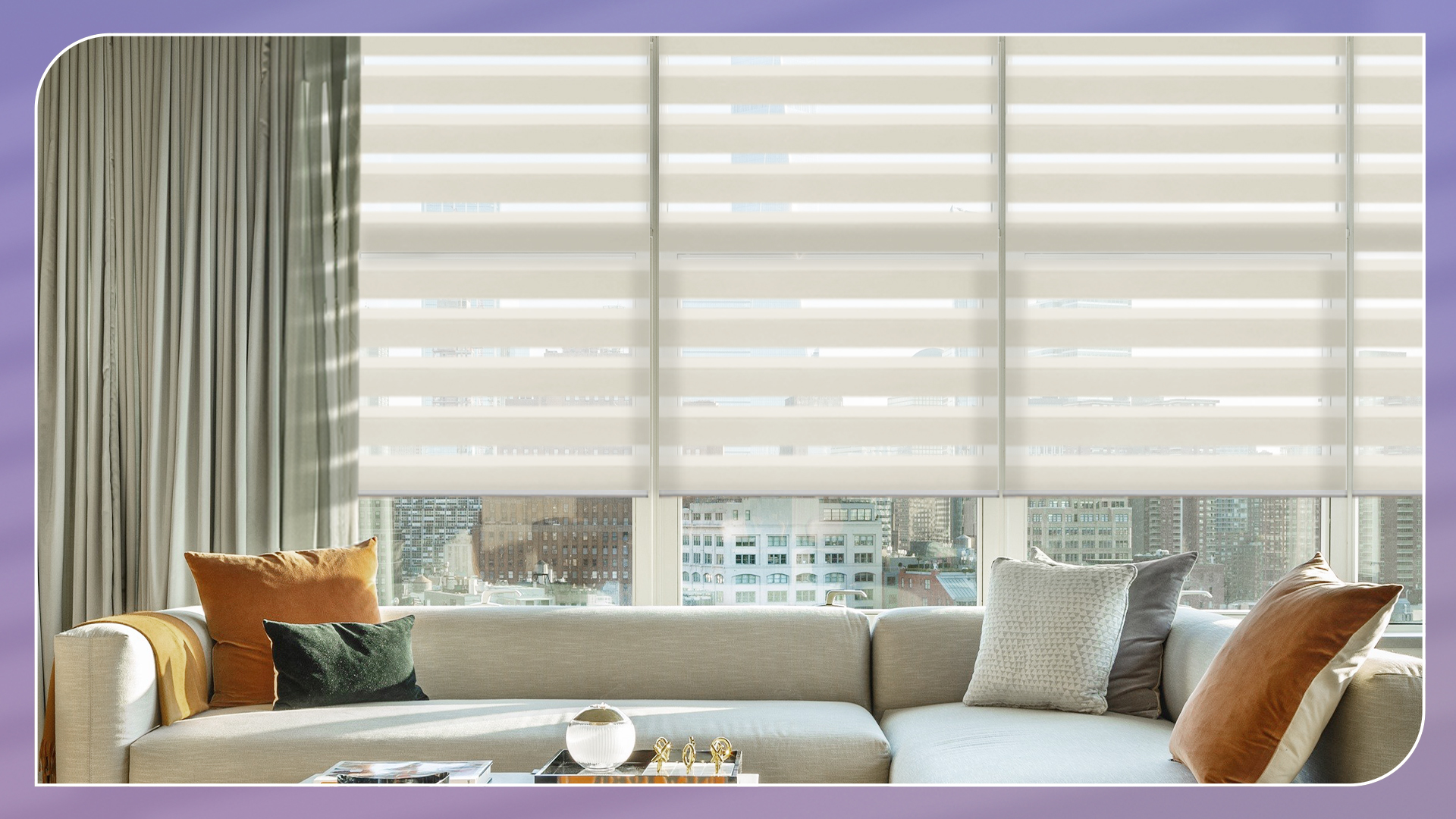

Remember that many homes benefit from using both types in different rooms. We can help you create a cohesive look throughout your space while selecting the ideal blinds or shades for each area’s specific requirements.
